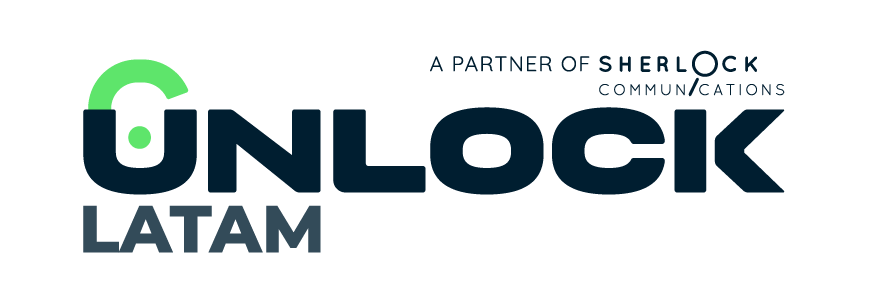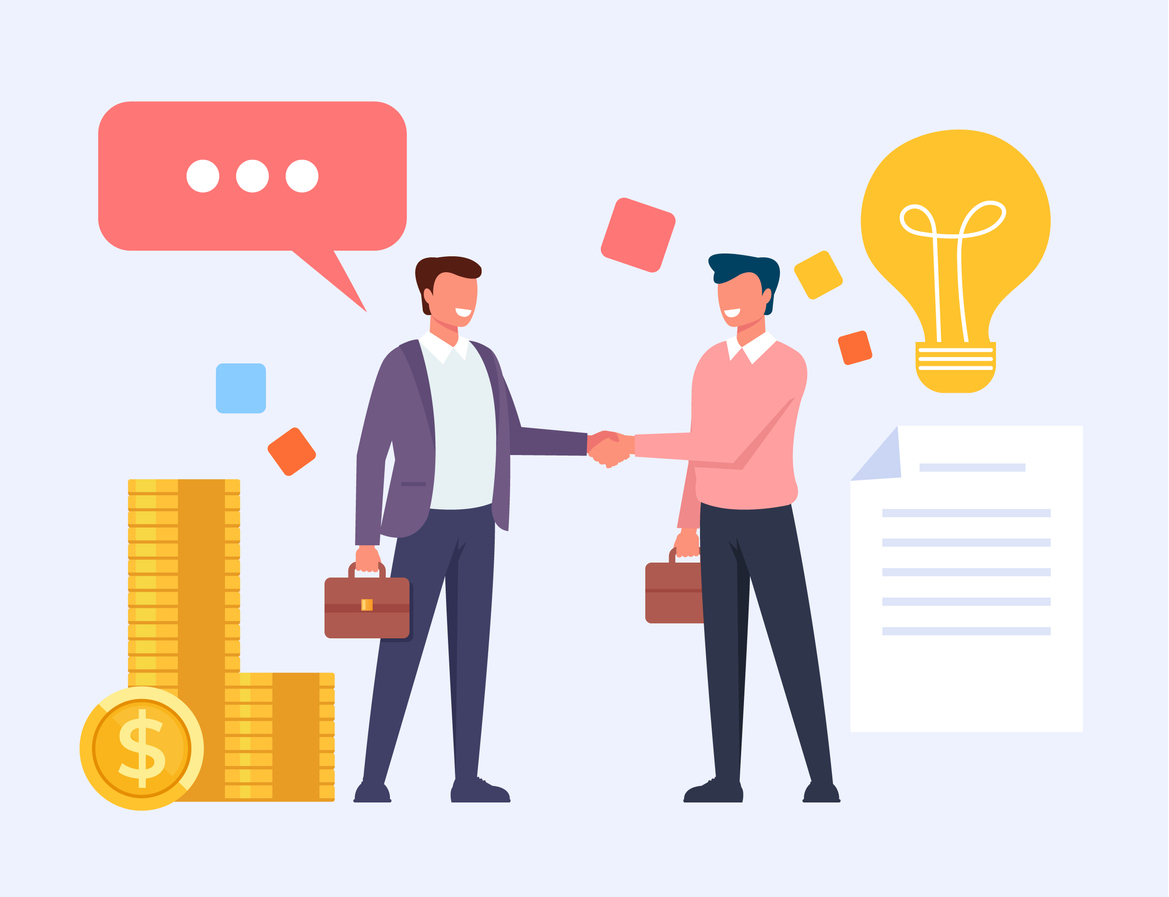What are the different stages of the B2B buying journey?
The B2B (business-to-business) buying journey refers to the process that businesses go through when making purchasing decisions for products or services. Unlike B2C (business-to-consumer) transactions, B2B often involves a more complex, extensive and multi-stakeholder decision-making process.
While B2C purchases are typically made by just one or two people, the level of consensus needed for B2B purchases is much higher. The journey involves different decision makers, in different stages. That’s why mapping out and understanding your B2B buyer journey is key to understanding the moments that matter for your customers.
What is the B2B buyer journey?
The B2B buying process is the decision-making exercise buyers go through when purchasing from another company. From recognizing a problem to selecting a supplier’s product, every buyer goes through a decision-making process before investing their organization’s money into a new product.
Starting from initial awareness of your brand to the evaluation of your products and services, to finally deciding to make a purchase, the B2B buyer journey is complex.
With more stakeholders involved in the process, there are inevitably more opinions and perspectives to consider. An individual’s job position, level of influence, and department in the company can potentially affect their decision and input, thus making the decision-making process longer and more complex. Not to mention, there may be external stakeholders who are also influencing the purchase.
That’s why it’s important to know how to map out your B2B buyer journey and set the stage for the customer journeys that follow. Understanding where are the gaps to take action can make a real difference.
B2B buyer journey mapping
The B2B buying journey can vary depending on the industry, the nature of the product or service, and the specific needs of the businesses involved. However, there are common stages that many B2B buying journeys share: Problem Recognition, Information Gathering, Solution Evaluation, Purchasing, and Post Purchasing.
B2B buyer journey mapping is usually thought of as an initial stepping stone for potential new customers to start their ongoing sales journey with you. But there is also enormous potential for driving organic growth from existing customers through cross-sell and up-sell.
What are the different stages of the B2B buying journey?
Problem recognition
The first stage in the B2B buying process is when the initiator recognizes a problem or need within its operations. Also known as a pain point, it’s when something happens to trigger a buyer into thinking something could be done to alleviate the issue (or make their lives easier).
This trigger could be a change in market conditions, internal inefficiencies, or the introduction of new opportunities. Initiators recognize a problem and their buying journey begins.
Research and discovery
The second step is information gathering. Once the problem is identified, businesses start researching potential solutions. This involves gathering information about available products or services, industry best practices, and potential vendors.
Needs identification
During this stage, the business refines its requirements and specifications. It identifies specific features, functionalities, and criteria that a solution must meet to address its needs effectively.
Solution exploration
Once B2B buyers have identified a problem they need to solve, the next stage in the process is to explore a solution. At this point, initiators are unlikely to know the exact product(s) that will solve their problem.
The main objective throughout this stage of the buying process is to confirm that a solution is possible. Businesses explore potential vendors or service providers, compare offerings, etc.
In this stage they usually evaluate vendors based on factors such as reputation, capabilities, pricing, and support. Buyers can begin to evaluate suppliers that offer products or services that meet their criteria.
Proposal and evaluation
It is the time of Request for Proposals (RFPs). In many B2B transactions, formal proposals or bids are requested from selected vendors. The businesses evaluate these proposals based on how well they meet the specified requirements.
Decision-making
B2B purchases often involve multiple stakeholders within the buying organization. The decision-making process includes aligning the interests and preferences of key decision-makers, influencers, and users. Stakeholder alignment is necessary to move to the next step.
Purchase
Once a vendor is selected, negotiations take place, and contracts are drafted. Terms, pricing, and other details are finalized before the purchase is made.
Once stakeholders give their approval, the B2B buying process comes to a close. The organization has the green light to purchase goods or services from its chosen supplier.
Implementation
After the purchase, the focus shifts to the implementation of the chosen solution. This may involve training, customization, and integration into existing systems and processes.
Evaluation and Feedback
After the implementation, businesses evaluate the performance of the purchased solution and provide feedback to the vendor. This information may be used for future improvements and adjustments.
Renewal and Expansion
For ongoing services or subscriptions, there may be a renewal process. Additionally, successful implementations may lead to expanded relationships or additional purchases (upselling and cross-selling).
Stay top of mind post-purchase
The B2B buying process doesn’t conclude once a customer has placed their first B2B order. Strong relationships post-purchase influence a buyer’s likelihood of making repeat orders—and therefore, generating predictable revenue for your company.
For this goal, is important to make customer support easily accessible to first-time buyers. Be proactive, rather than reactive, and share advice that makes it easier for marketing and sales areas to resell your products—such as marketing campaigns, trends you’re noticing, or product display ideas.
Mastering Outbound Sales: Strategies for Predictable Revenue Growth
Mastering Outbound Sales: Strategies for Predictable Revenue Growth Nobody said it better than Aaron Ross, author of Predictable Revenue: “You want growth that doesn’t require guessing, hope, and frantic last-minute...
The Role of Sales Development Representatives (SDRs) in Predictable Revenue
The Role of Sales Development Representatives (SDRs) in Predictable Revenue Sales Development Representatives (SDRs) play a crucial role in the implementation of the "Predictable Revenue" framework, initially conceptualized by Aaron...
B2B prospecting: finding high-quality leads
B2B prospecting: finding high-quality leads Although there are very common concepts among those of us who work in different areas of marketing, more than once we take for granted that...



